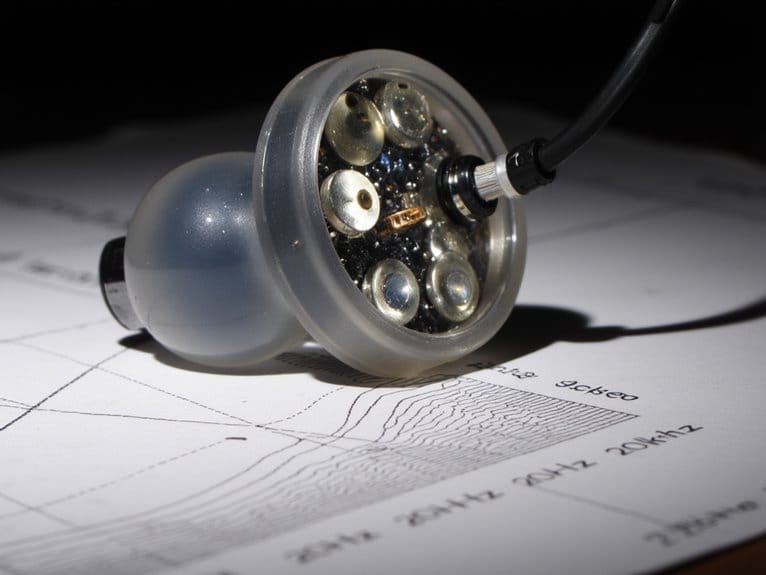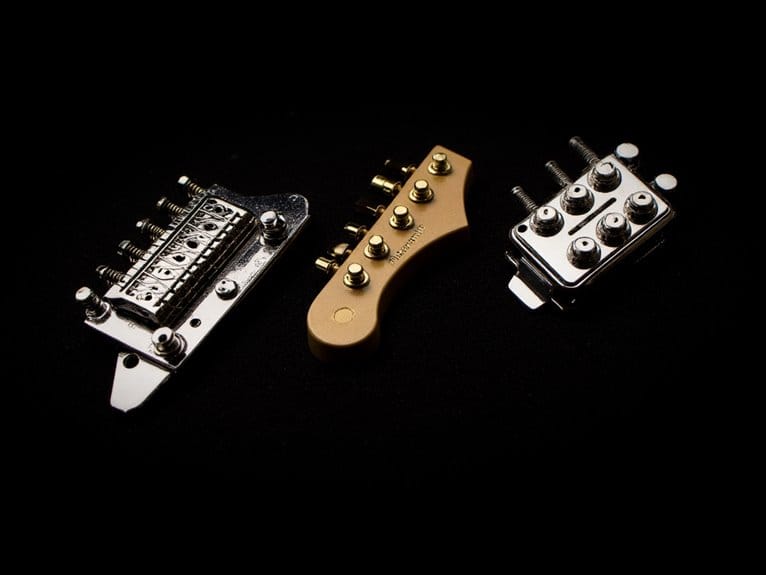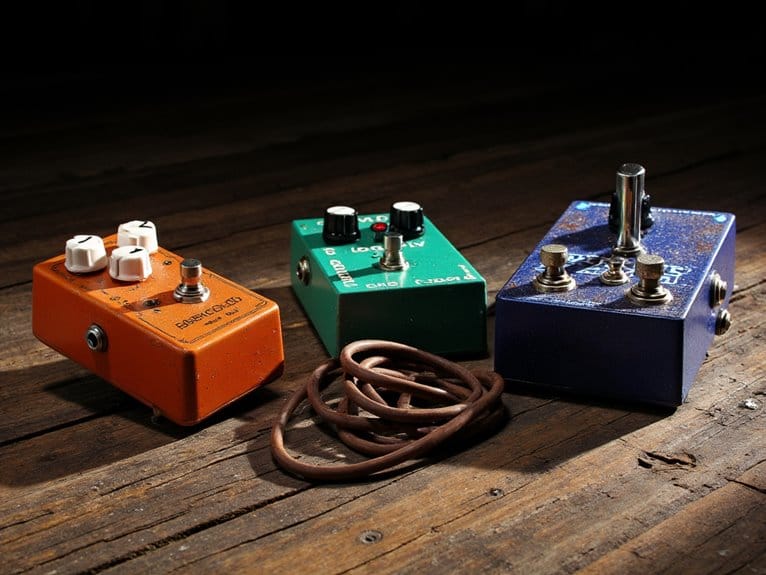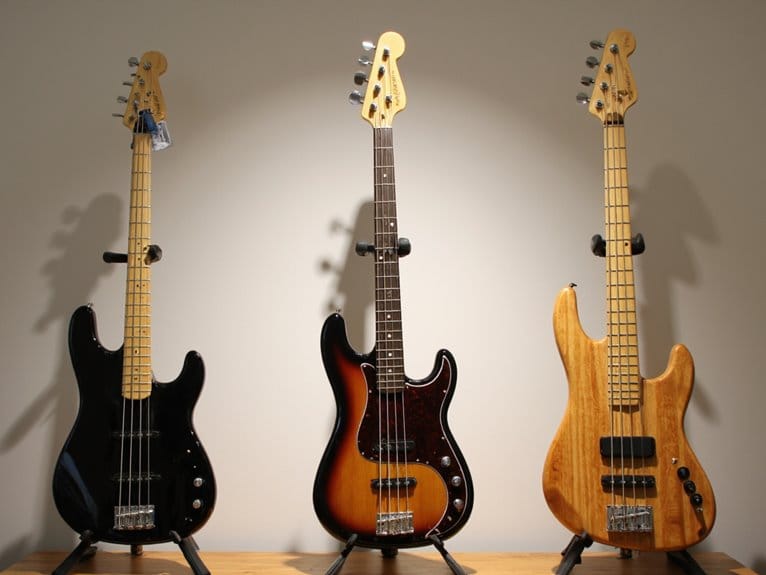Understanding In-Ear Monitor Frequency Response
Your IEM’s frequency response acts as a sonic fingerprint, revealing how it reproduces sound from 20 Hz to 20 kHz, determining whether you’ll experience muddy bass, balanced mids, or piercing treble. This graph-based measurement shows which frequencies get amplified or diminished, directly impacting tonal balance, vocal clarity, and overall listening fatigue during extended sessions. Professional models often extend beyond standard ranges, while hybrid drivers enhance precision across different frequency bands for superior separation and detail.
We are supported by our audience. When you purchase through links on our site, we may earn an affiliate commission, at no extra cost for you. Learn more.
Notable Insights
- Frequency response acts as an IEM’s sonic fingerprint, showing how it amplifies or diminishes frequencies from 20Hz to 20kHz.
- Professional IEMs typically cover 20Hz-20kHz for human hearing, with high-end models extending to 5Hz-40kHz for enhanced detail.
- Accurate frequency reproduction improves sound dynamics, emotional engagement, and prevents listening fatigue while maintaining clarity across all passages.
- Frequency response affects tonal balance more noticeably than low-level Total Harmonic Distortion, making it crucial for sound quality.
- Live performance optimization requires midrange emphasis for vocals, gentle low-frequency attenuation, and high-frequency boost above 8kHz for clarity.
What Frequency Response Means for In-Ear Monitors
When you’re diving into the world of in-ear monitors, understanding frequency response becomes essential because it’s fundamentally the blueprint that reveals how your IEMs will reproduce every note, beat, and vocal across the entire spectrum of human hearing.
Frequency response is the sonic blueprint that reveals how your IEMs will reproduce every musical element you hear.
Think of it as your IEM’s sonic fingerprint, showing exactly which frequencies get amplified or diminished when sound travels from the drivers to your ears.
This measurement, typically displayed as a graph spanning 20 Hz to 20 kHz, determines whether you’ll experience pronounced bass emphasis that adds warmth and fullness, enhanced treble detail that brings out cymbals and vocal nuances, or something balanced in between. Many professional IEMs feature hybrid driver configurations that combine balanced armature and dynamic drivers to achieve better tonal separation and superior frequency precision across this range. Professional-grade components are specifically designed to achieve this 20Hz-20kHz frequency response for accurate monitoring across the full audible spectrum.
It’s honestly the most telling specification for predicting your listening experience. The Harman Curve serves as an ideal reference point based on extensive research, helping you understand how your IEM’s response compares to what many consider a naturally balanced sound signature. Proper earphone fit is crucial when evaluating frequency response since loose or overly tight eartips can significantly alter how these frequencies reach your ears.
Professional IEM Frequency Range Standards
Although the audio world might seem like it’s filled with marketing fluff and subjective opinions, professional IEM frequency range standards are actually built on rigorous scientific protocols that I’ve come to respect after years of analyzing measurement data. The widely accepted baseline spans 20 Hz to 20 kHz, covering human hearing capabilities, though high-end models like the UE PREMIER extend from 5 Hz to 40 kHz for enhanced transient response.
| Frequency Range | Purpose | IEM Design Impact |
|---|---|---|
| Sub-20 Hz | Impact/rumble perception | Specialized low-frequency drivers |
| 20 Hz – 20 kHz | Standard human hearing | Balanced driver configuration |
| Above 20 kHz | Air/detail reproduction | Extended treble frequency contours |
These extended ranges influence driver design, creating frequency contours that affect both audible performance and perceived naturalness in professional applications. For drummers specifically, a 20Hz-20kHz range ensures accurate reproduction of deep kick drum sounds and crisp cymbal details, while hybrid configurations combine dynamic and balanced armature drivers to achieve comprehensive sound quality across all frequencies. Professional IEMs with 110 dB sensitivity deliver sufficient output levels for live performance applications where stage volume and ambient noise require higher monitoring levels.
How Frequency Response Affects Sound Quality
While professional standards establish the technical framework for IEM capabilities, the real magic happens when frequency response translates into the sound quality you’ll actually experience during your listening sessions.
When your IEMs deliver accurate frequency reproduction across extended ranges, you’ll notice enhanced sound dynamics that bring instruments to life with proper separation and spatial positioning. This precision directly impacts your emotional engagement with music, as balanced response curves prevent fatigue while maintaining the subtle harmonics that make performances feel authentic.
Poor frequency control masks details and creates imbalances that can overshadow delicate passages, but well-tuned monitors preserve both powerful crescendos and whispered vocals with equal clarity. Professional IEMs typically feature hybrid driver configurations that combine balanced armature and dynamic drivers to achieve superior sound clarity across the entire frequency spectrum.
Frequency Response vs. Total Harmonic Distortion
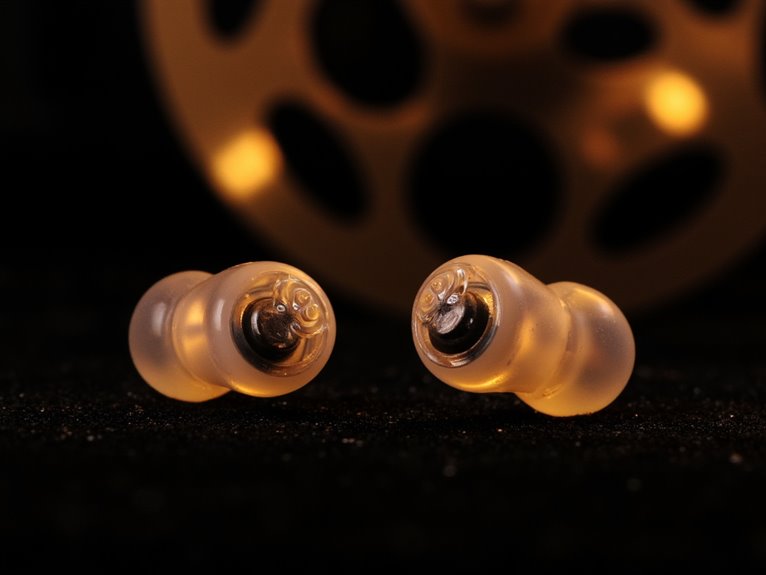
When I first started diving deep into IEM specifications, I’ll admit I often confused frequency response with total harmonic distortion-both seemed like technical mumbo jumbo that measured “how good” an earphone sounds.
Here’s what I’ve learned about their fundamental differences:
- Frequency response evaluation measures the range and amplitude of reproduced frequencies from 20Hz to 20kHz, affecting your perceived tonal balance and timbre across bass, midrange, and treble regions.
- THD significance relates to sound purity, quantifying how much harmonic distortion gets added to the original signal, typically remaining below 1% in quality IEMs.
- Frequency response directly impacts what you hear regarding coloration, while THD affects technical fidelity and cleanliness.
- Most listeners notice frequency response deviations more readily than low-level harmonic distortion during typical music playback.
Frequently Asked Questions
Can I Use Multiple IEM Systems Simultaneously Without Frequency Interference?
You can use multiple IEM systems simultaneously with proper interference management. Ascertain adequate frequency spacing between systems, use different groups and channels for each, and implement active combiners for simultaneous usage success.
How Does Temperature Affect IEM Frequency Response and Signal Stability?
Temperature effects cause your IEM drivers to stiffen in cold conditions, reducing high-frequency response, while heat increases compliance, boosting bass. You’ll experience frequency shifts as thermal changes affect driver materials and seal quality.
What’s the Maximum Operating Range for Professional Wireless IEM Systems?
You’ll get maximum operating ranges of 160-180 feet with professional wireless IEM systems in open spaces. Your signal range depends on operating frequencies, antenna placement, and environmental factors affecting transmission stability.
On a final note
You’ve now got the foundation to make informed decisions about IEM frequency response, though I’ll admit the technical specs can feel overwhelming at first. Remember that flat response isn’t always best-you’ll want slight bass emphasis for stage monitoring, and environmental factors will shift your sound regardless of perfect measurements. Trust your ears, but let the data guide you toward better live performance.

